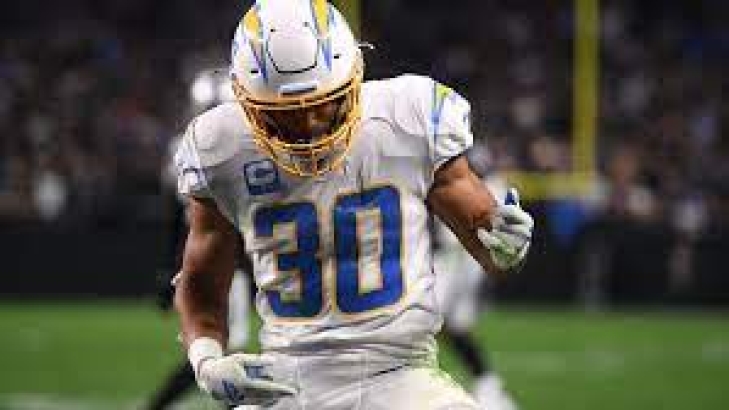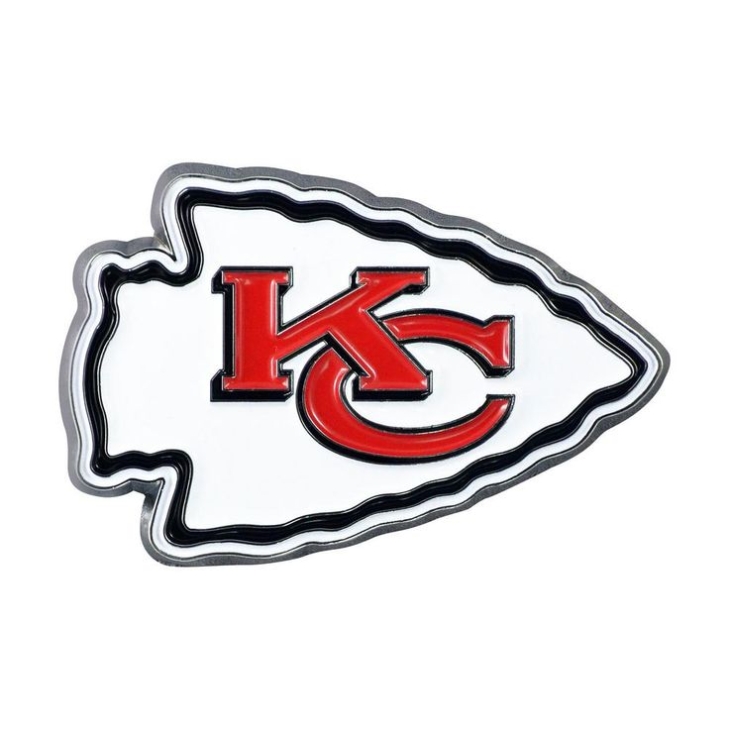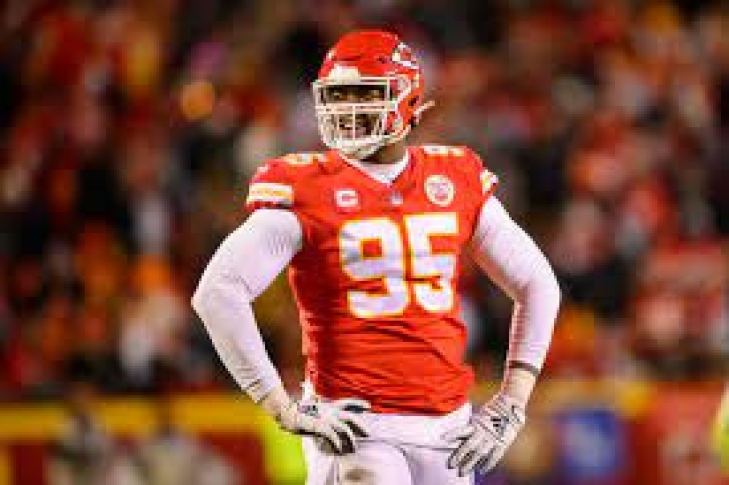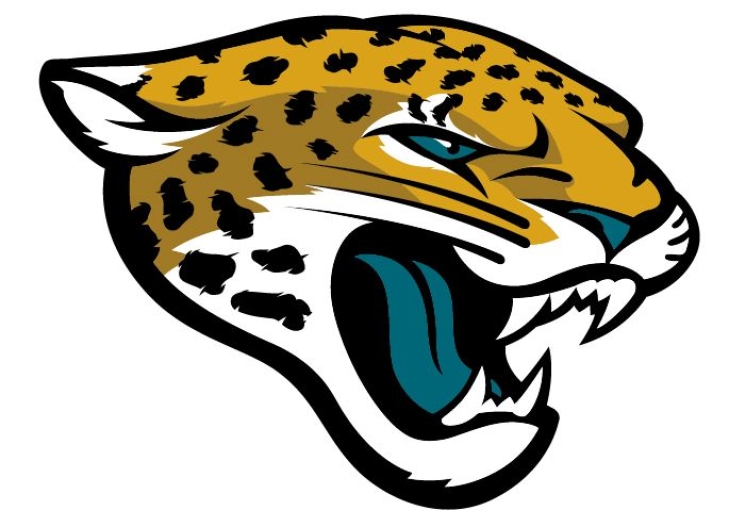
Committee Chairman
40. Austin Ekeler
Austin Ekeler is an interesting Running Back to rank on any list, as to date, he has yet to break 1,000 Yards on the ground in a season, but year-by-year, he has become a better dual-threat back in professional football.
Undrafted from Western State in 2017, Ekeler made the Chargers, playing in a reserve capacity, but would break out in his third season, starting eight Games and accumulating over 1,500 Yards from Scrimmage. Missing six Games in 2020 due to injury, Ekeler was money in the 2021 and 2022, leading the NFL in Touchdowns iwith a combined YFS close to 3,200. Ekeler's production fell in 2023 (1,064 YFS/6 TDs), and he signed with the Washington Commanders at season's end
Ekeler overall compiled 8.239 Yards From Scrimmage with 69 Touchdowns.
Our All-Time Top 50 Kansas City Chiefs have been updated to reflect the 2022 Season
Yes, we know that this is taking a while!
As many of you know, we here at Notinhalloffame.com are slowly generating the 50 of each major North American sports team. That being said, we have existing Top 50 lists out and we always consistently look to update them when we can and based on necessity. As such, we are very happy to present our post 2022 revision of our top 50 Kansas City Chiefs.
As for all of our top 50 players in football we look at the following:
1. Advanced Statistics.
2. Traditional statistics and how they finished in the National Football League.
3. Playoff accomplishments.
4. Their overall impact on the team and other intangibles not reflected in a stat sheet.
Last year, Kansas City won their third Super Bowl and advanced in the overall hierarchy of the greatest NFL franchises of all-time. We saw three distinct rank elevations due to the powerful 2023 campaign.
As always, we present our top five, which did not change.
1. Len Dawson
4. Bobby Bell
5. Will Shields
You can find the entire list here.
Tight End, Travis Kelce, exploded from #13 to #6.
Quarterback, Patrick Mahomes, who is now a two-time MVP, also rocketed up the ranking. He went to #8 from #19.
Defensive Tackle, Chris Jones, advanced nine spots to #31.
We welcome your input and comments and as always, we thank you for your support.
19. Chris Jones
Chris Jones entered a sweet situation in the NFL in 2016, as he was drafted by a team on the rise (Kansas City) who could use a pass rusher.
The former Mississippi State star started more games than not in his first two seasons, and would be named an All-Rookie. Jones was a permanent starter for the Chiefs in his third year, accumulating 15.5 Sacks, 19 Tackles for Loss and 29 Quarterback Hits, which netted him a Second Team All-Pro nod. Following that, Jones was consistently double-teamed, but remained Kansas City’s top pass-rusher.
From 2019 to 2023, Jones has been a perennial Pro Bowl Selection, and is also on a two-year streak of First Team All-Pros. The Chiefs won the last two Super Bowls, and while the offense gets most of the credit, these accolades do not happen with Jones leading the defence. This is a very special player.
Our All-Time Top 50 Jacksonville Jaguars have been revised to reflect the 2022 Season
Yes, we know that this is taking a while!
As many of you know, we here at Notinhalloffame.com are slowly generating the 50 of each major North American sports team. That being said, we have existing Top 50 lists out and we always consistently look to update them when we can and based on necessity. As such, we are very happy to present our post 2022 revision of our top 50 Jacksonville Jaguars.
As for all of our top 50 players in football we look at the following:
1. Advanced Statistics.
2. Traditional statistics and how they finished in the National Football League.
3. Playoff accomplishments.
4. Their overall impact on the team and other intangibles not reflected in a stat sheet.
Last year, the Jaguars were a surprise entrant into the playoffs, but despite this and being a young franchise, there were no changes to our Top 50.
As always, we present our top five, which (obviously) did not change.
1. Jimmy Smith
2. Fred Taylor
3. Tony Boselli
4. Mark Brunell
You can find the entire list here.
While there were no new entrants, we expect that there will be at least two next year.
We welcome your input and comments and as always, we thank you for your support.





